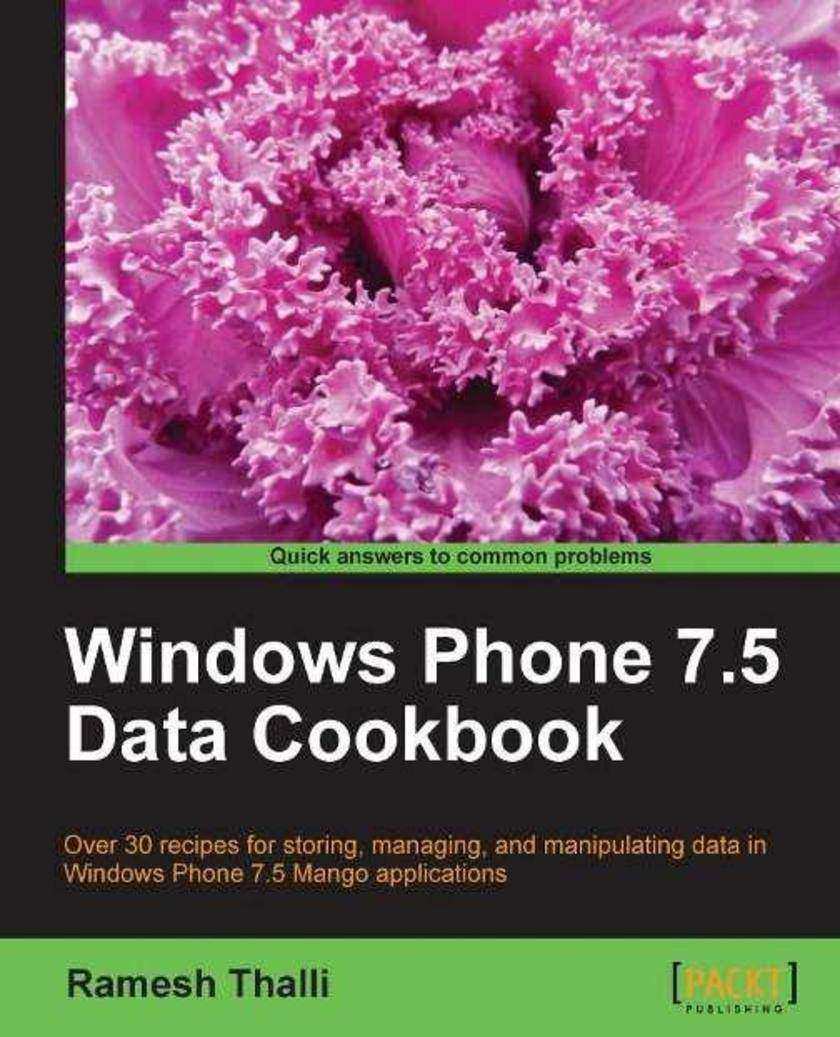
Windows Phone 7.5 Data Cookbook
¥71.93
The book is written in a cookbook style, presenting examples in the style of recipes, allowing you to go directly to your topic of interest, or follow topics throughout a chapter to gain in-depth knowledge. This book is for developers who want to build data-driven apps, or a line of business applications using the Windows Phone platform. It is also useful for developers on other mobile platforms looking to convert their apps to Windows Phone 7.5 Mango. Basic understanding of C#, XAML and Silverlight is required.

Plone 3.3 Site Administration
¥71.93
This book is a step-by-step tutorial guide, explaining many common and fundamentally important Plone site administration tasks. This book is designed for site administrators, webmasters, or content editors managing a site with Plone. These users will not be new to Plone itself, but they will be new to the site administration tasks. The reader is also expected to know basic Python programming. This book caters to these users, and builds their confidence by helping them to get their Plone sites up, running, and customized with minimal peripheral knowledge.

Getting started with Audacity 1.3
¥71.93
Conversational and practical, this book is full of real life examples of where and how you would use the Audacity software. Not only does it give you task-based step-by-step instructions from installation to advanced audio editing techniques, it caters to the beginner to familiarize them with all the jargon, suggests recording equipment, it walks them through a simple sample project showing off everything Audacity can do. If you are new to audio recording and editing, and particularly using the Audacity software, this book is for you. It explains everything from common audio industry terms and software basics. Technical sound engineering details and jargon are omitted to keep the book friendly and easy to understand.
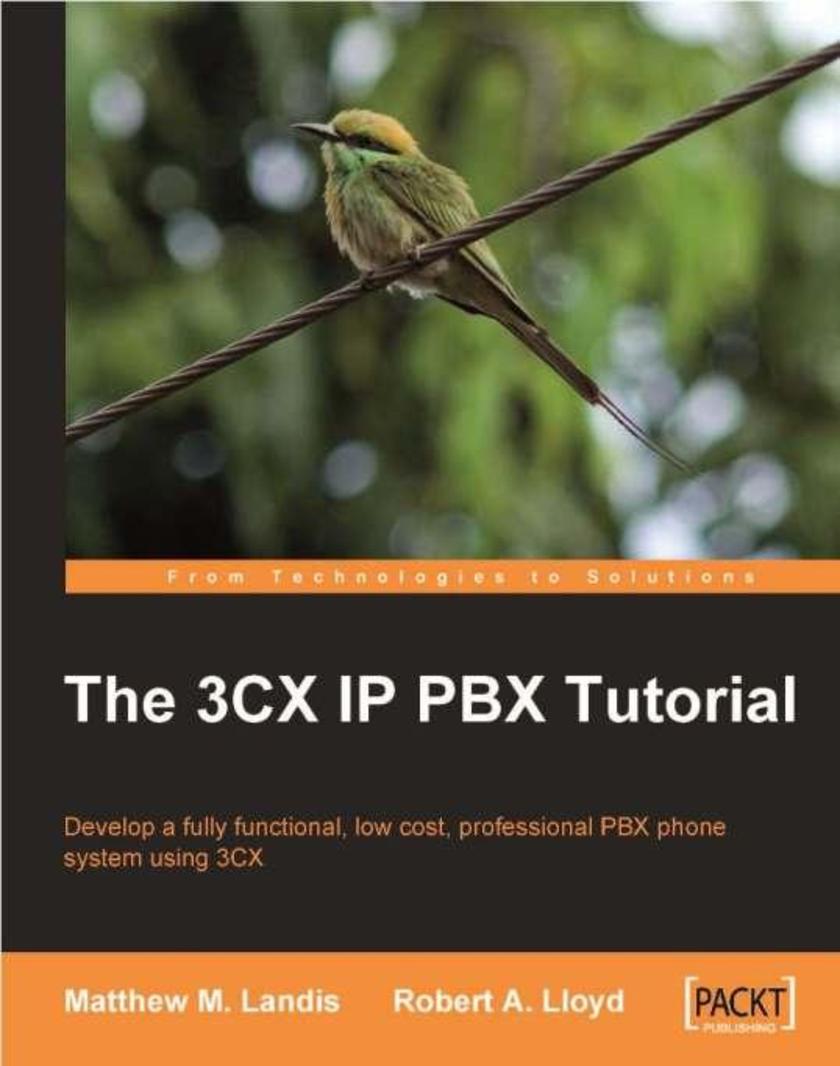
The 3CX IP PBX Tutorial
¥71.93
A hands-on and practical tutorial that shows administrators how to implement and use 3CX and its range of functionality. Using real world experiences from the authors, you will learn tricks and tips that will help you develop and optimize your 3CX system. This book is for beginners who know nothing about 3CX or VoIP. It will guide them to set up a complete system. Advanced users will also gain insight from information on real-world hardware and software tips and tricks.
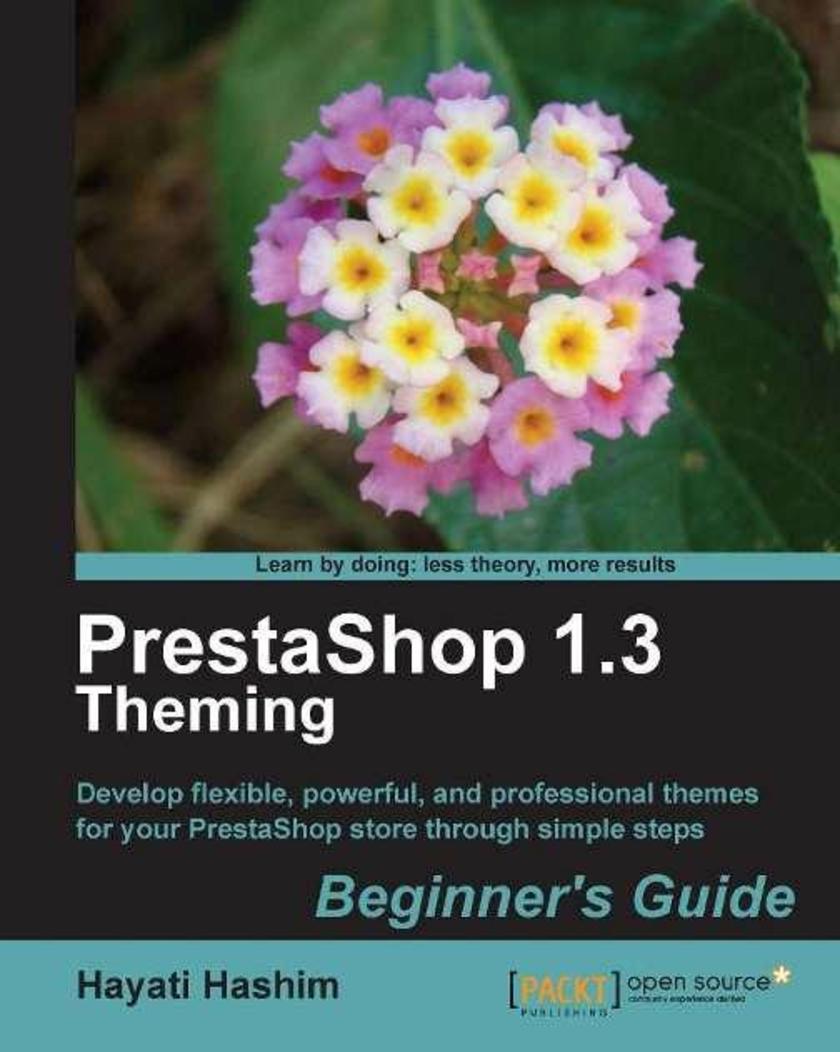
PrestaShop 1.3 Theming – Beginner’s Guide
¥71.93
This book is packed with step-by-step exercises that illustrate how to explore the different ways to create your themes for PrestaShop. Each chapter begins with an explanation of the topic and provides a quick exercise that can be applied to your theme. All topics are discussed using a simple yet practical approach to ensure that concepts are grasped easily. This book is meant for beginners to PrestaShop who want a hassle-free way to come up with their own themes. If you are a designer who enjoys creative work but does not want to spend too much time exploring the code, this book is for you. This book is also useful for those "layman" online store owners, who want to do their own modifications for their PrestaShop store.

Moodle 1.9 for Design and Technology
¥71.93
This book has real-world samples of how to solve problems related to Design and Technology and offers tips on how to enhance the use of Moodle to get the most out of the subject. Worked examples will act as a base from which to build complex and exciting courses for students in all age ranges and abilities. If you are a Design & Technology teacher, teaching assistant, head of department, SMT, or IT technician in school and would like to use Moodle to design, create, or administer a VLE for Design and Technology, this book is for you. You need to know the basics of Moodle for teaching and learning and should have some experience with Design and Technology.
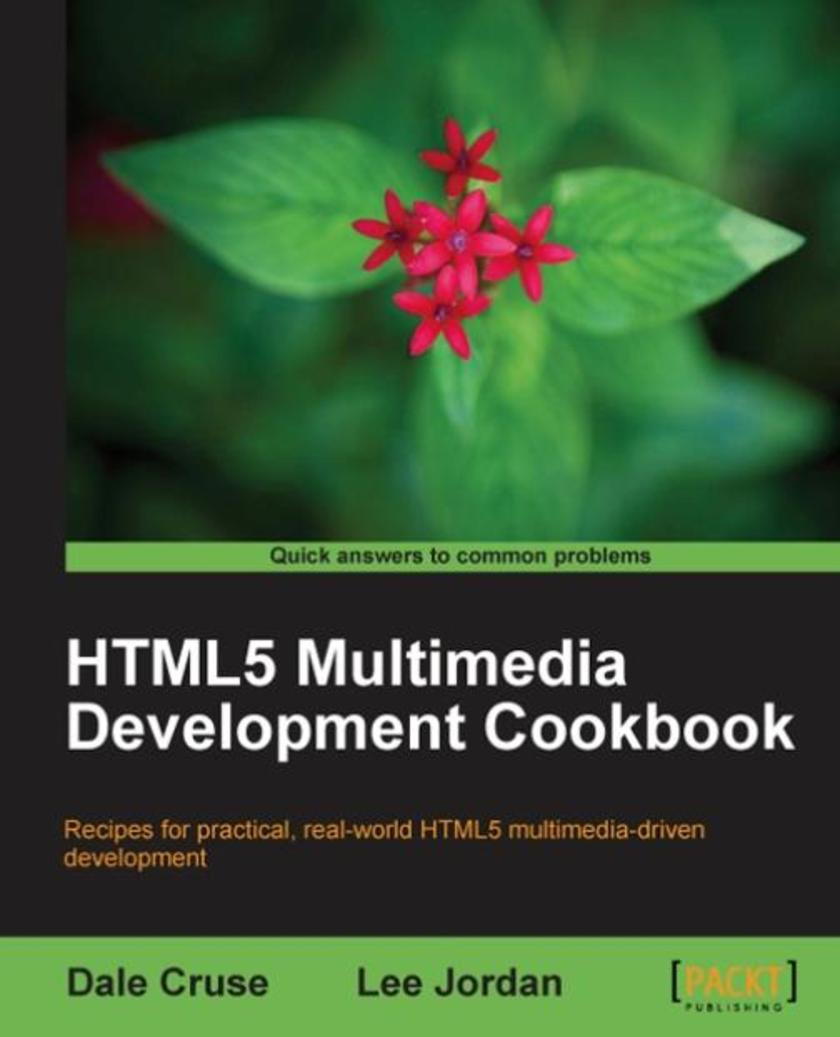
HTML5 Multimedia Development Cookbook
¥71.93
Written in a cookbook style, this book offers solutions using a recipe based approach. Each recipe contains step-by-step instructions followed by an analysis of what was done in each task and other useful information. Web developers who value the need to stay ahead of the game. This cookbook will give you the edge with practical recipes for wielding this new technology immediately.
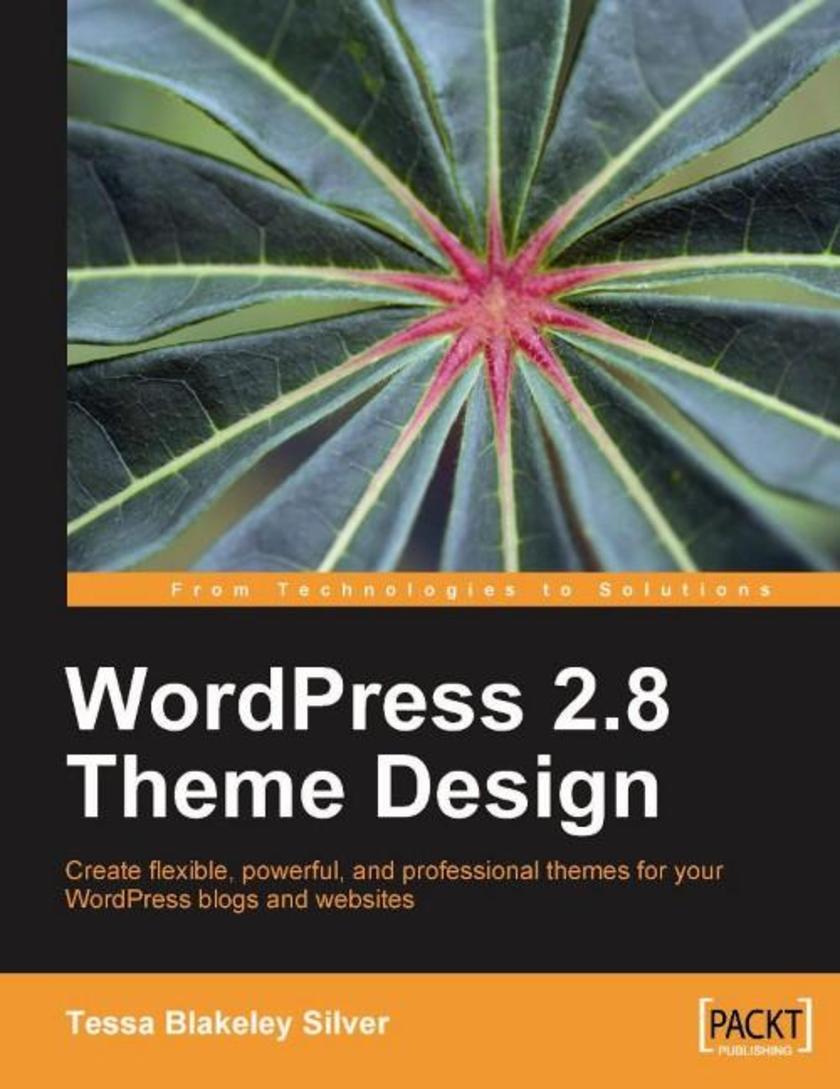
WordPress 2.8 Theme Design
¥71.93
Theme design can be approached from two angles. The first is simplicity; sometimes it suits the client and/or the site to go as bare-bones as possible. In that case, it's quick and easy to take a very basic, pre-made theme and modify it. The second is "Unique and Beautiful". Occasionally, the site's theme needs to be created from scratch so that everything displayed caters to the specific kind of content the site offers. This book is going to take you through the Unique and Beautiful route with the idea that once you know how to create a theme from scratch, you'll be more apt at understanding what to look for in other WordPress themes. This book can be used by WordPress users or visual designers (with no server-side *ing or programming experience) who are used to working with the common industry-standard tools like PhotoShop and Dreamweaver or other popular graphic, HTML, and text editors. Regardless of your web development skill-set or level, you'll find clear, step-by-step instructions, but familiarity with a broad range of web development skills and WordPress know-how will allow you to gain maximum benefit from this book.
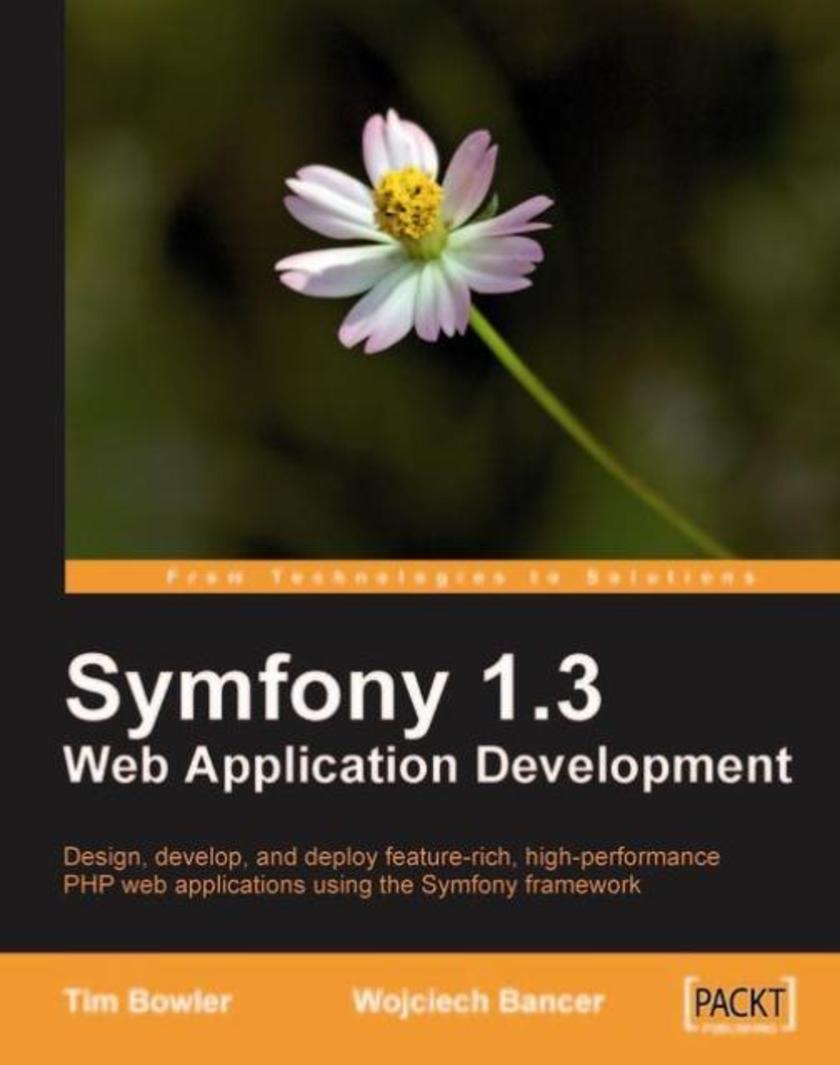
Symfony 1.3 Web Application Development
¥71.93
This book is an example driven tutorial that takes you through the process of building Model-View-Controller-based web applications. You will create and develop an online store application. It also covers best practices for better and quicker application development. This book is for PHP web developers who want to get started with Symfony 1.3. If you are already using Symfony 1.0 or are new to Symfony, you will learn how to use it in the best way to produce better applications faster. Basic knowledge of Object Oriented design and ORM will be quite helpful.
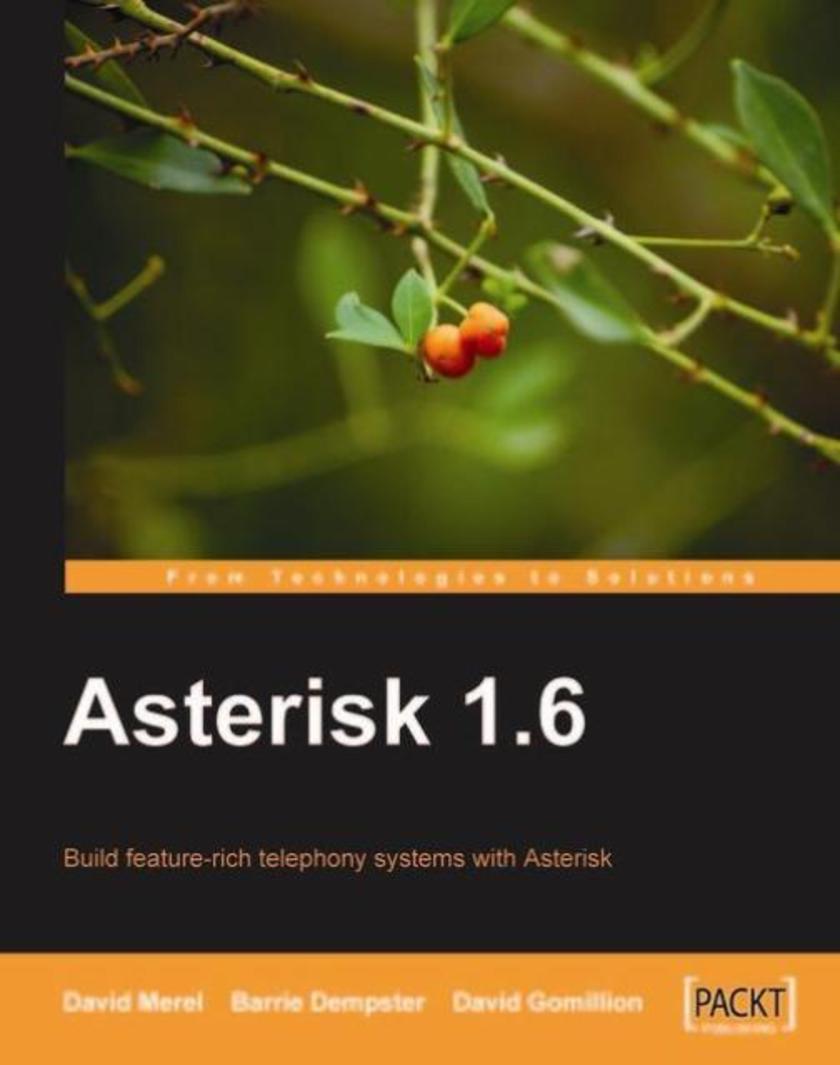
Asterisk 1.6
¥71.93
The book offers readers both a detailed de*ion as well as step by step instructions on deploying software solutions as well as Asterisk configurations. Screenshots are provided in sections to give a visual perspective of the instructions. For Asterisk configurations actual sample code is listed in the book which can be directly inserted into your Asterisk solution.This book is aimed at anyone who is interested in building a powerful telephony system using the free and open source application, Asterisk, without spending many thousands of dollars buying a commercial and often less flexible system. This book is suitable for the novice and those new to Asterisk and telephony. Telephony or Linux experience will be helpful, but not required.
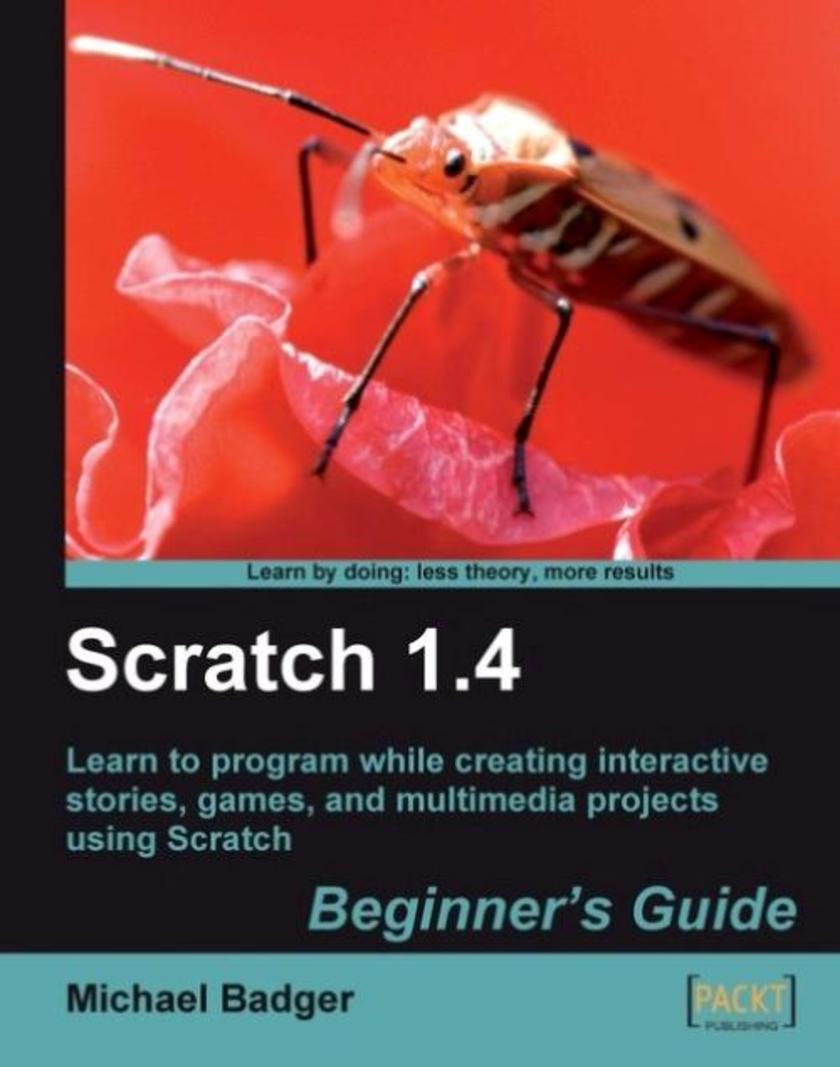
Scratch 1.4: Beginner’s Guide
¥71.93
This is a Packt Beginners Guide, which means it focuses on practical examples and has a friendly approach, with the opportunity to learn by experiment and play. We work through the project tutorials one block of code at a time, and we periodically pause to reflect on the relationship between our code blocks, our project, and Scratch programming in general. As you work through the book, you are encouraged to experiment with the concepts presented. As each chapter in the book progresses, the topics get increasingly more complex. Scratch is a teaching language, so it's ideal for people who want to learn how to program or teach others how to program. Educators and parents will learn how to program using Scratch, so they can use Scratch to teach the latest learning skills to their students and children. No previous computer programming knowledge is required. You only need to know how to perform basic tasks on a computer and this book will teach the rest. You can then use it as a platform to learn more advanced programming languages. Parents, stuck with a child who wants to play video games all nightMake a new rule. He can only play a video game if he programs the game first.
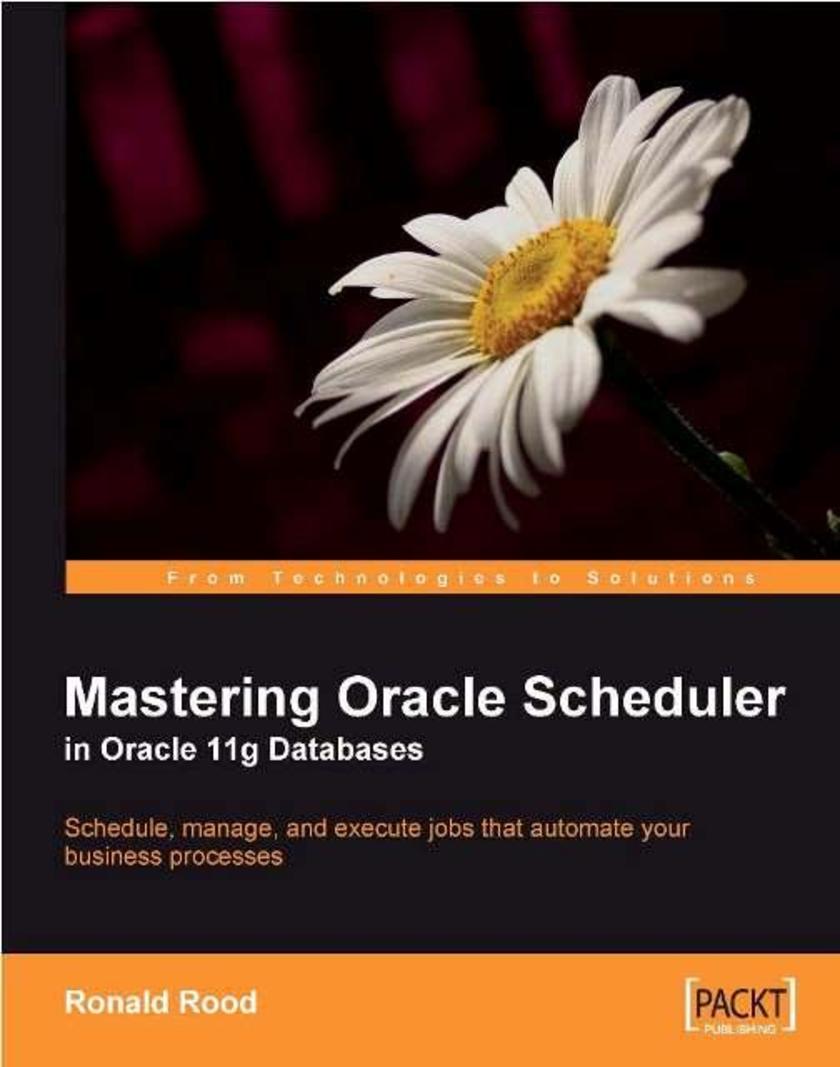
Mastering Oracle Scheduler in Oracle 11g Databases
¥71.93
This is your practical guide to setting up a working environment and using Oracle Scheduler. Packed with simple examples and clear explanations, real-life scenarios are discussed to make you comfortable in implementing them in your own system. This book is intended for Administrators and Developers who currently use tools like cron, DBMS_JOB, and the task manager, but who now want more control or who have a need to scale up to tools that can handle the network. Complex tasks can be built that easily control business process and enable the completion of important tasks in limited time. The reader is expected to have some experience of Oracle Database Management, and a working knowledge of SQL and PL/SQL.
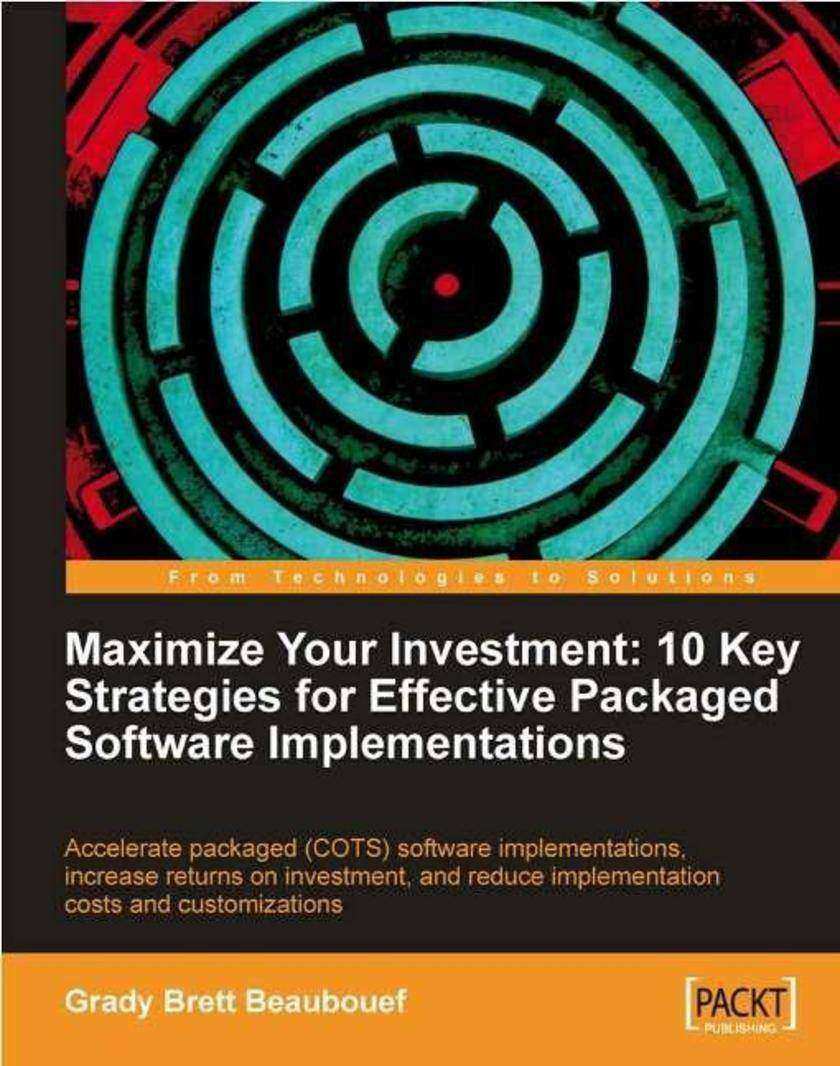
Maximize Your Investment
¥71.93
This book is aimed at enterprise architects, development leads, project managers, business systems analysts, business systems owners, and anyone who wants to implement packaged software effectively. If you are a customer looking to implement COTS software in the future then this book will provide a strategy to maximize your investment. If you are in an internal IT role and you find that your internal software development methodology doesn't quite work for an off-the-shelf business software package then this book will provide you with perspective on how to adjust your approach. If you are an implementation partner looking to minimize the blood, sweat, and tears shed with implementing COTS software then this book will be a guide to filter out obstacles and enable implementation focus.
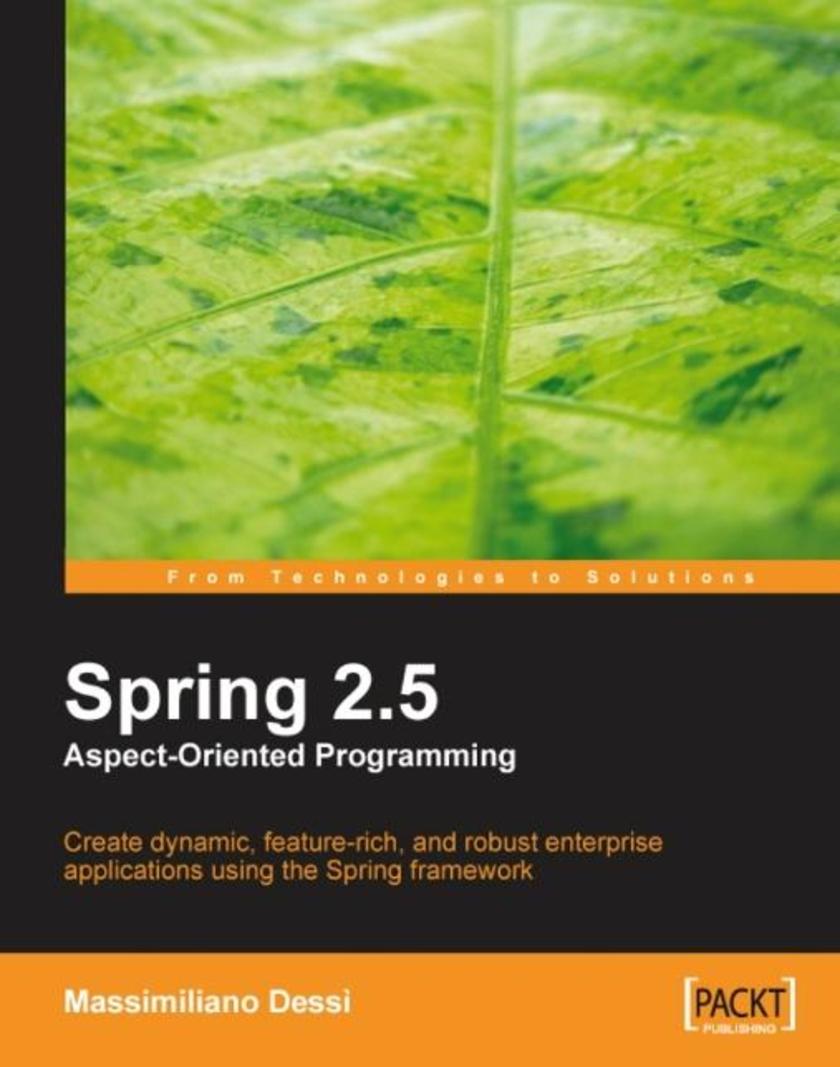
Spring 2.5 Aspect Oriented Programming
¥71.93
Employing a comprehensive tutorial-based approach, this easy-to-follow book shows the reader various means of using AOP with Spring in a real-world scenario. Clear step-by-step instructions ensure that you will not get lost in the new world of AOP and Spring. If you are a Java software architect, engineer, or developer and want to be able to write applications in a more modular and concise way by using Spring, then you need this book. Readers need basic knowledge of Spring and its configuration.
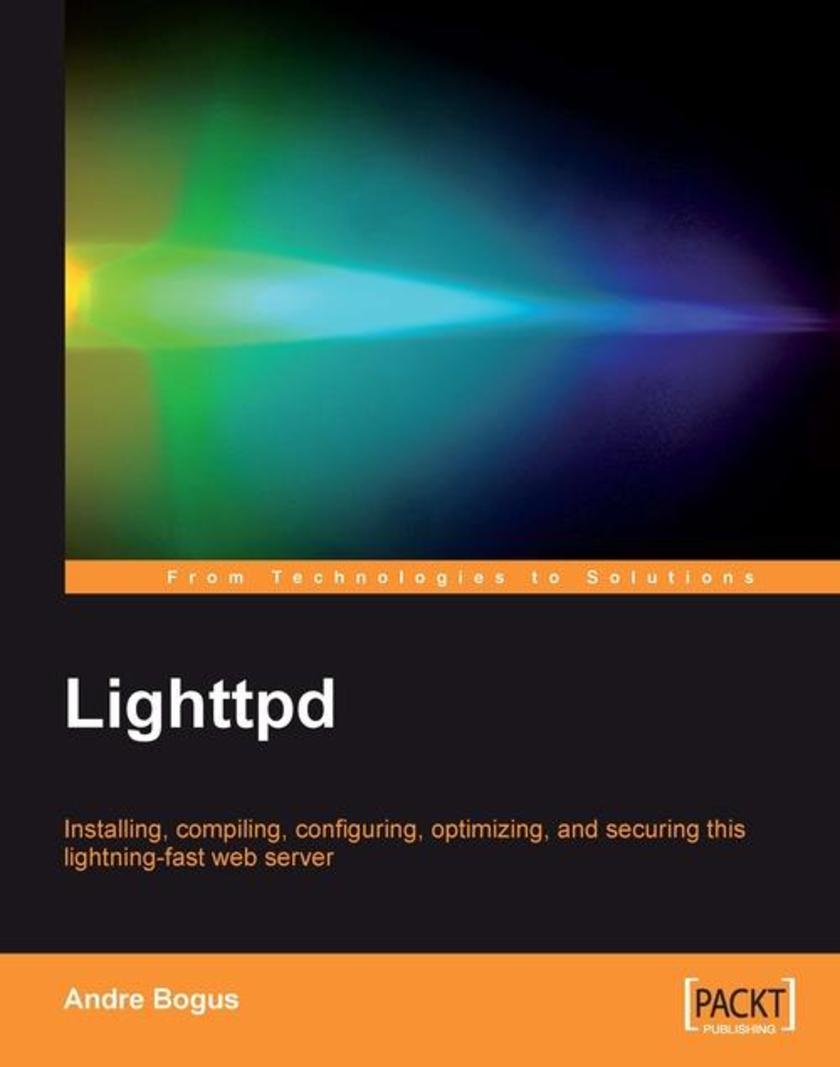
Lighttpd
¥71.93
This book is for System Administrators or Web Developers seeking a lean deployment platform for web applications or who want to switch to a "lighter" web server than Apache.

CUPS Administrative Guide
¥71.93
This book takes a tutorial approach and each chapter contains step-wise instructions to perform specific tasks. This book is for Linux/Unix System Administrators interested in designing and setting up a CUPS network and provides enough knowledge to understand how the technology works, make decisions about deployment, and then implement a stable work environment. No knowledge in CUPS is required but readers need to be comfortable with working in the Linux/Unix environment. On the whole, readers should have basic knowledge of the Linux environment.
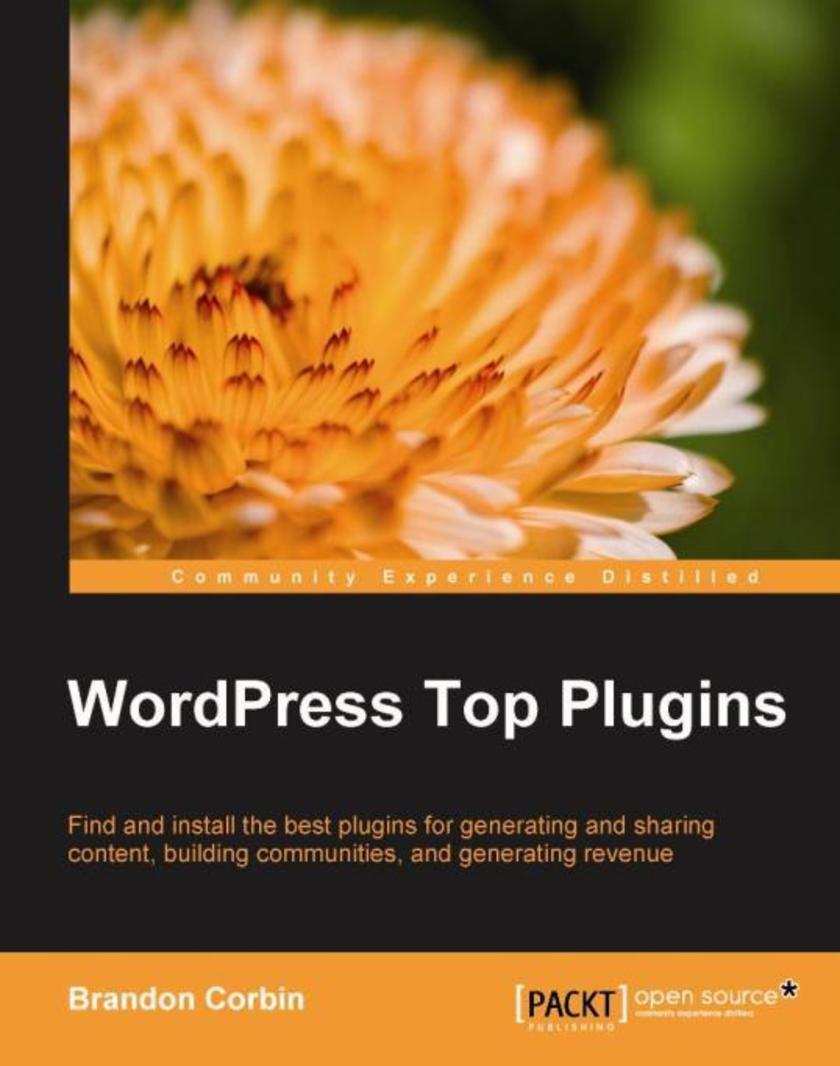
WordPress Top Plugins
¥71.93
Regardless of whether this is your first time working with WordPress, or you’re a seasoned WordPress coding ninja, WordPress Top Plugins will walk you through finding and installing the best plugins for generating and sharing content, building communities and reader base, and generating real advertising revenue.
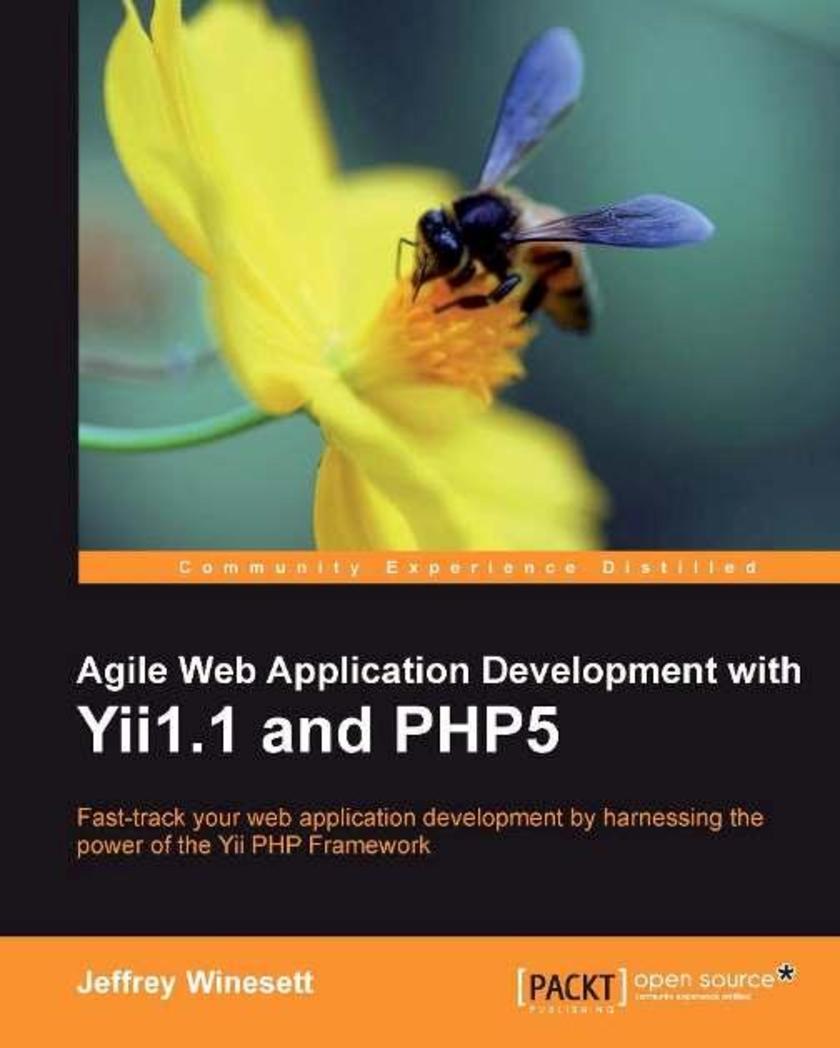
Agile Web Application Development with Yii1.1 and PHP5
¥71.93
This is a step-by-step tutorial for developing web applications using Yii. This book follows the test-first, incremental, and iterative approach to software development while developing a project task management application called "TrackStar". If you are a PHP programmer with knowledge of object oriented programming and want to rapidly develop modern, sophisticated web applications, then this book is for you. No prior knowledge of Yii is required to read this book.
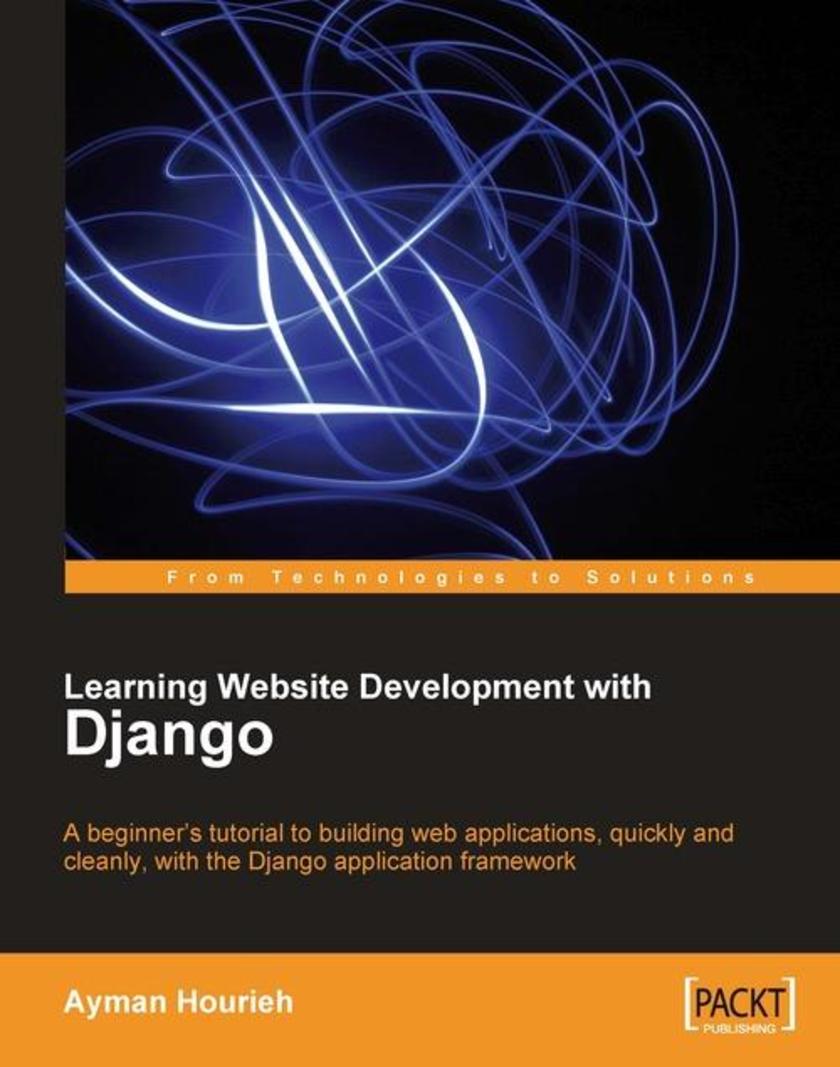
Learning Website Development with Django
¥71.93
Being a beginner's guide this book has a very simple and clear approach. It is a practical guide that will help you learn the features of Django and help you build a dynamic website using those features. This book is for web developers who want to see how to build a complete site with Web 2.0 features, using the power of a proven and popular development system, but do not necessarily want to learn how a complete framework functions in order to do this. Basic knowledge of Python development is required for this book, but no knowledge of Django is expected.
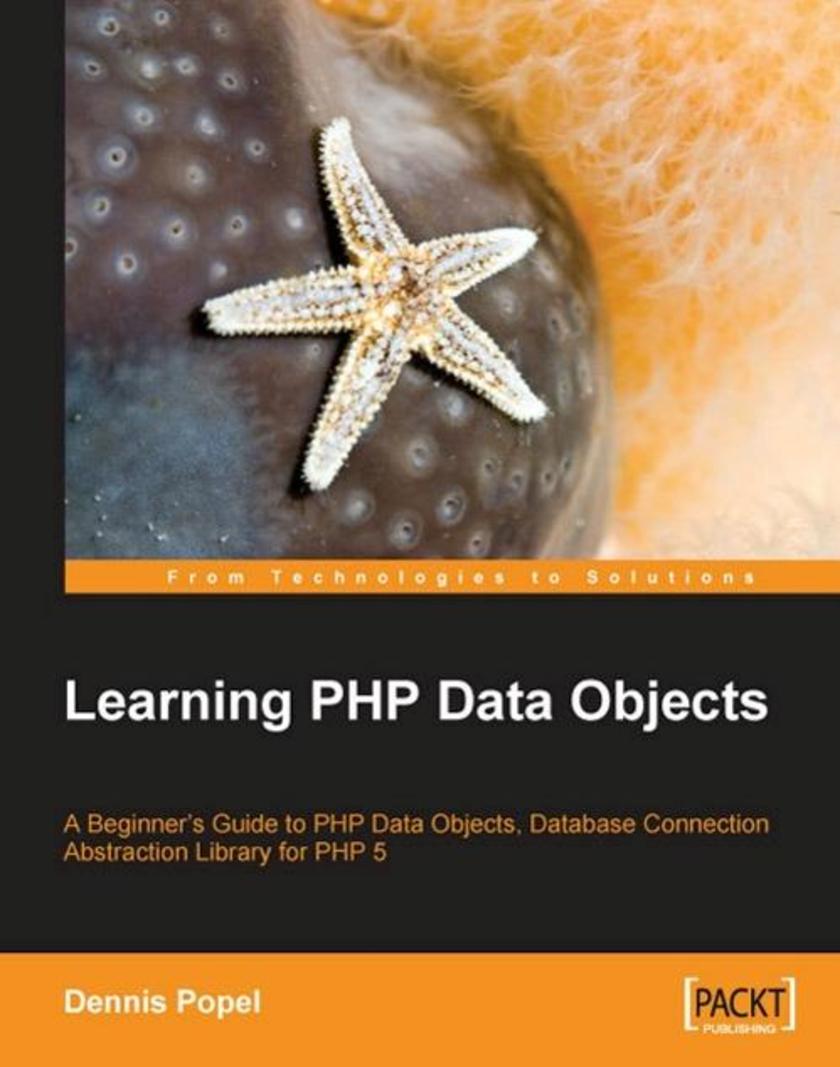
Learning PHP Data Objects
¥71.93
This book describes the topic first and then gives step-by-step instructions on how to go about a particular example. PHP developers who need to use PDO for data abstraction.
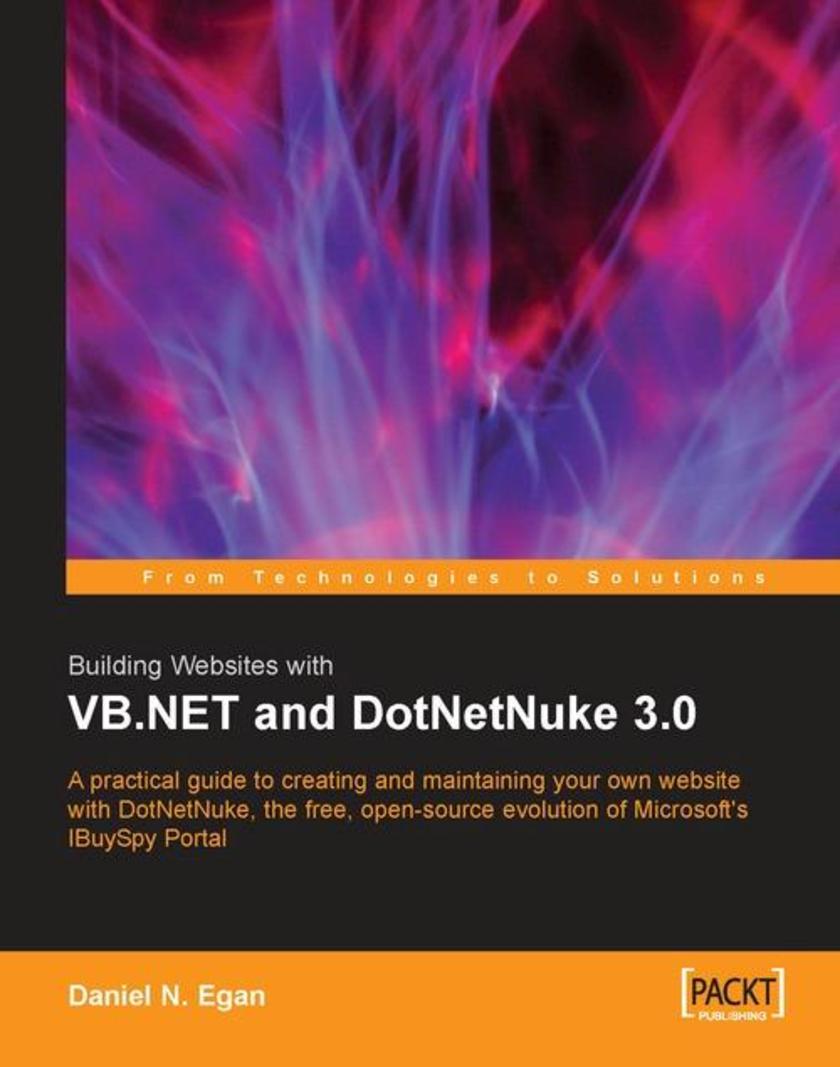
Building Websites with VB.NET and DotNetNuke 3.0
¥71.93
You can use this book to help you set up and administer a DotNetNuke portal, even if you have a limited knowledge of ASP.NET. You will learn how to setup and administer an example site, stepping through all the tasks to ease your learning. If you are a developer, this book will help you extend the DotNetNuke portal by first helping you understand how the core framework works and then show you how to create custom modules and skins. A rudimentary knowledge of VB.NET programming is assumed, but the emphasis is not on becoming a better VB.NET programmer but on taming DotNetNuke. This book has been written for both the beginner wanting to set up a website and also ASP.NET developers with a grasp of VB.NET and access to Visual Studio .NET. No prior knowledge of DotNetNuke is assumed. The new features of DotNetNuke 3.0 are discussed extensively, so even if you have worked with previous versions of DotNetNuke, you will find something new.




 购物车
购物车 个人中心
个人中心



